A passionate group of highly experienced automotive designers, technologists and marketers has converged on Port Kembla, New South Wales; the well-advanced venture, called H2X, is set to rev up Australian vehicle and heavy-equipment manufacturing with a new-decade focus on powertrains that leverage kinetic energy in tandem with battery and hydrogen-fuel-cell power systems.
Launched on Friday, H2X Australia aims to produce vehicles that are sustainable in every aspect: made from strong, renewable, biocomposite body materials, they will maximise energy efficiency with a hybrid power system that utilises ultracapacitor technology, and run on green hydrogen fuel cells or battery electricity as needed for each application.
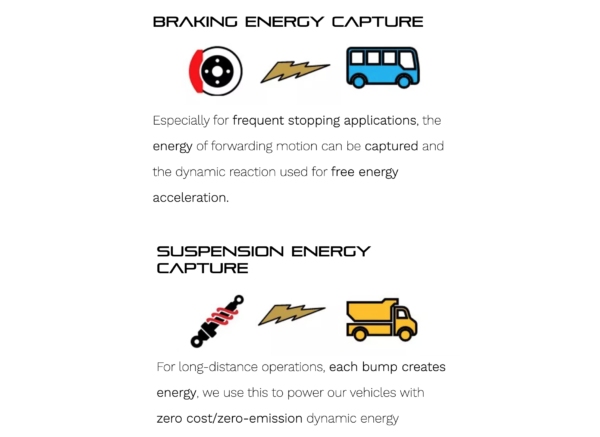
Image: H2X
The X, in H2X denotes any number of planned Australian-designed transportation opportunities: H2Car, H2Van, H2Ute, H2Tractor, H2Truck, H2Bus, H2Train, H2Marine …
“With the development of many green energy projects in Australia at the moment, we have a unique opportunity to bring a significant manufacturing operation back into the country,” H2X Chief Executive Officer Brendan Norman said in a statement.
Norman had also told Australian Manufacturing magazine, that “Seeing car manufacturing move away from the country was somewhat heart breaking.”
The former VW, Audi and BMW executive cut his automotive teeth in Asian and Middle Eastern markets. In China, he and H2X designer Chris Reitz formed Grove Hydrogen Automotive in partnership with China’s Institute of Geoscience and Environment, which displayed three hydrogen-powered prototype vehicles — two SUVs named Obsidian and the sports coupe Granite — at the 2019 Shanghai motor show.
Running ahead of infrastructure rollout
In 2021, newly formed H2X will introduce two as yet unspecified heavy vehicles to the Australian market. Built on a larger platform than those of passenger vehicles, they will accommodate two hydrogen fuel-cell units with power output of 300 to 550 kW; these vehicles, destined for use by major transport companies plying set routes, will have minimal reliance on publicly available fuel sources.
H2X has also released prototype images of a hybrid electric plug-in and hydrogen-fuelled passenger SUV dubbed Snowy — for its associations with the legendary Snowy River — which is scheduled for production in 2022.
Designed for Australian conditions, the Snowy is described as being “able to travel vast distances” or around 650 km on a full tank/charge; it has a refuelling time of “as little as three minutes”; and achieves acceleration of 0-100 km/h in 6.9 seconds.
The company is in discussions with industry partners to begin the rollout of hydrogen refuelling infrastructure, with the initial intention to secure installation of between 5 and 15 refuelling stations in locations that will support the back-to-base operations of commercial fleet customers; followed by plans to locate stations in cities, to encourage uptake of hydrogen vehicles by private users.
On its website, H2X reveals plans to produce 3,700 vehicles in its first year of manufacturing, increasing to 25,000 a year by 2025.
The company’s choice of headquarters, close to Wollongong’s Port Kembla, was made for easy access to export facilities; and the Illawarra region is also a key location, H2X’s launch statement said, “as part of a growing network of green hydrogen projects throughout the New South Wales Renewable Energy Zone”.
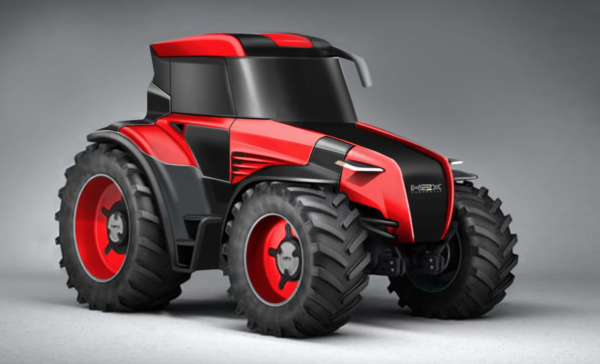
Image: H2X
80% made in Australia by 2025
H2X’s first vehicles will be built on imported chassis from third-party manufacturers; and the powertrain platform used by H2X is already the basis of vehicles in use in Asia; but the company says locally manufactured body and interior parts will be part of the company’s initial commitment to prioritise local suppliers.
Within five years the new manufacturer aims to have a minimum of 80% local content in its vehicles, a capability it plans to develop by partnering with local universities, Technical and Further Education (TAFE) institutes, and Australian unions, companies and industry groups.
“H2X is an Australian company which aims to demonstrate a unique Australian spirit to the vehicle industry,” said Reitz, who continued, “We have a unique character in our vehicles and we are using Australia’s strong resource, educational and innovation strengths to come up with products that are designed to excel in extreme conditions.”
One quirk of the Snowy interior, highlighted in its specifications at this time of global viral pandemic, is the application of “H2X’s patented Anti-Microbial Finish on all regular touch surfaces to offer maximum protection to occupants from germs and viruses that may be exposed within the car”.
The H2X ecosystem of experience and green-energy connections
Automotive expertise on the H2X team includes Chief Technology Officer Ian Thompson, who was development lead on the original Tesla Roadster; Chief Marketing and Strategy Officer (and Head of Americas) Alan Marder, who brings more than 30 years’ experience with startups in transportation, supply chain and distribution industries; and Chief Powertrain and Product Officer, Peter Zienau, who established hybrid and electrification programs for General Motors and Saab.
Investors in H2X include environmentally progressive concrete producer Elvin Group, which also has interests in hydrogen and ammonia production, and utility-scale solar and battery projects; Managing Director of Elvin Group, Samuel Blackadder, was formerly Head of Utility and Projects for Jinko Solar in Australia, and is now also Chairman of H2X.
On the launch of H2X, Blackadder said Elvin Group itself intends later this year to launch an Australian-made electrolyser, “which will make cost-effective hydrogen”. He added, “With H2X we are able to cooperate on the production of this revolutionary product and also work on a number of hydrogen and clean-energy-powered applications for our concrete activities.”
The other of H2X’s cornerstone investors, Denzo Pty Ltd, has energy- and hydrogen-production projects in Port Kembla, in Dubbo within the NSW pilot Renewable Energy Zone, and in Port Bundaberg in Queensland.
“What is important for us,” said Denzo Managing Director Ken Mathews, in relation to the funding of H2X, “is we have the ability to supply green hydrogen and the ability to use that hydrogen in Australian-made vehicles, providing a strong platform for the country to build a highly intelligent manufacturing network in a green environment for generations of Australians to come.”
By 2025, H2X hopes to employ 5,000 people; it currently has some 70 staff and has begun an active recruitment drive for a further 100 roles to be instated by the end of the year.
“The ambition of the company,” says its launch statement,” is to create a community of manufacturing in Australia which is dynamic, engaged in leadership in the clean energy power field, and one which has every potential to lead the world.”
This content is protected by copyright and may not be reused. If you want to cooperate with us and would like to reuse some of our content, please contact: editors@pv-magazine.com.
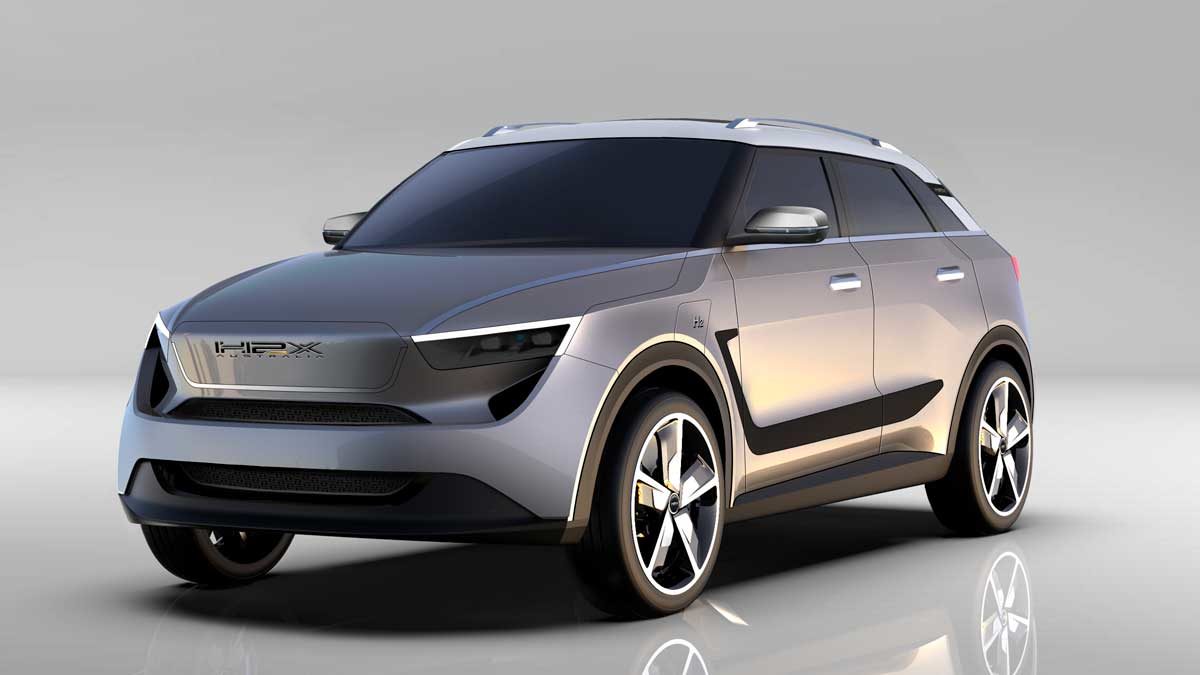
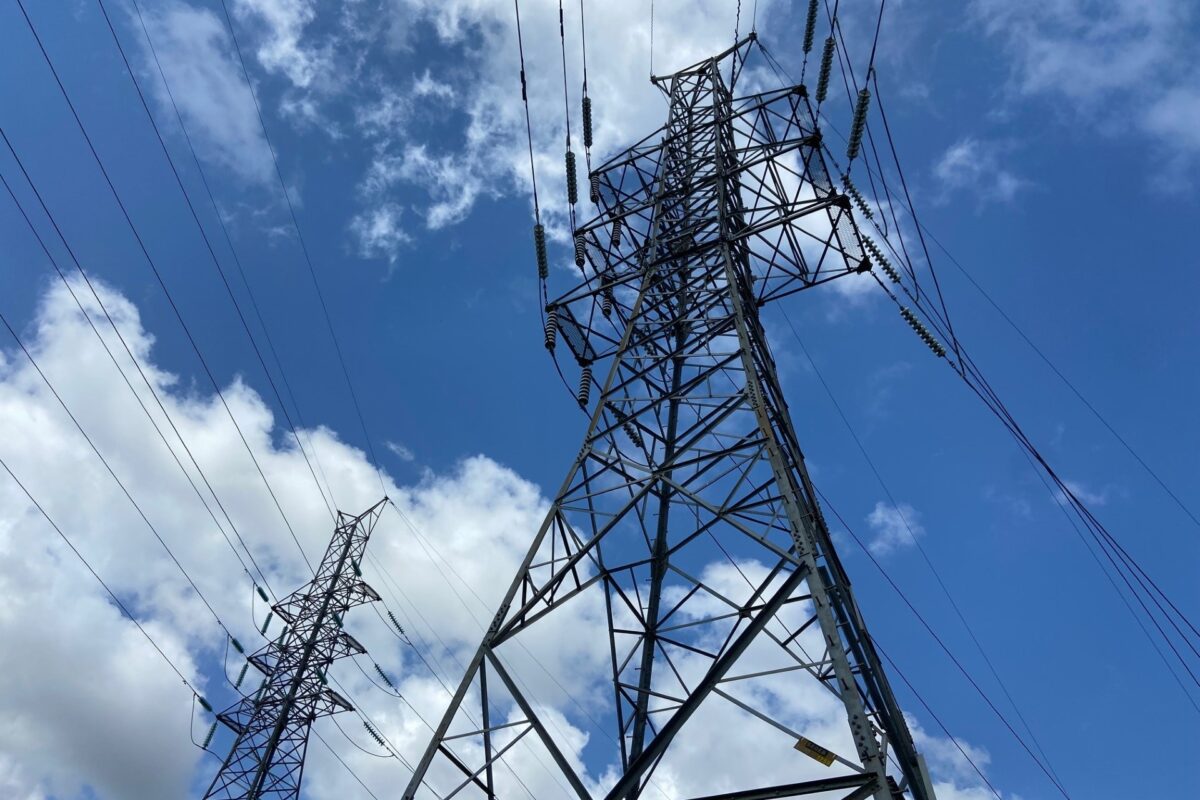


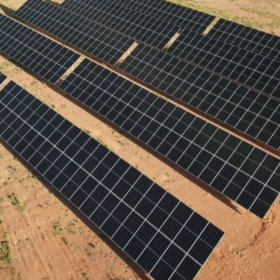
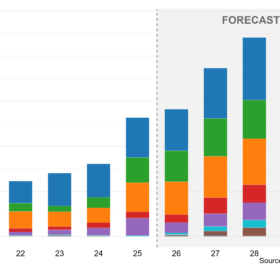
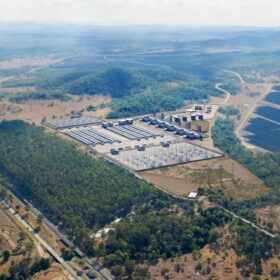
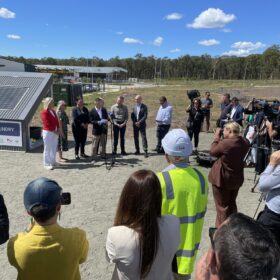
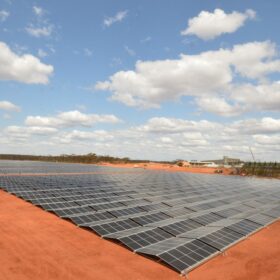
I am very interested in what you have published & am curious to know if you will be having a Western Australian outlet as I live at East Bunbury ? Is there a Run In Distance for these vehicles “, & will they be a suitable trailer towing vehicle ? . Brad Gardiner .
Fantastic for Australia. My interest is in upgrading diesel locomotives to hydrogen fuel cells. Get rid of the carbon emissions. My thesis is written and ready to assist.
Interest in progress